Contents
Guide
In memory of R.C. Davis and V. Lanphier
And, as always, for Brooke
I NTRODUCTION
For thirty years after the Cold War ended, almost no one thought, much less worried, about nuclear war. Now almost everyone is fearful. But the fear takes the form of a vaguely paralyzed anxiety. Because of the long reprieve from the bombs shadow, few people know how to grasp its dimensions; theyve forgotten, if they ever knew.
The holiday from history ended on August 8, 2017, when President Donald Trump, barely six months in office, told reporters at his golf resort in Bedminster, New Jersey, that if the North Koreans kept threatening the United States with harsh rhetoric and missile tests, they will be met with fire and fury like the world has never seen.
Even to those who didnt remember President Harry Trumans similar description, seventy-two years earlier, of the atomic bomb that destroyed Hiroshima (a rain of ruin from the air, the like of which has never been seen on this earth), it was clear that, in language more bellicose than any presidents since the end of World War II, Trump was talking about launching nuclear weapons at North Koreanot if its leader, Kim Jong-un, first attacked the United States, but merely if he developed the ability to do so.
Then, six months later, Trump signed and released his administrations Nuclear Posture Review, a seventy-four-page document that called for building new types of nuclear weapons and integrating them with the militarys conventional war plansin short, for treating nuclear weapons as normal. The red lights flashed, the alarm bells rang furiously.
Yet here is what few recognized: none of these notions were new. The president himself seemed a departure from the norm, his charactererratic, eruptive, thin-skinned, willfully uninformeda combustive mix for a world leader with his finger on the button. But the button and everything around it were the same. In those decades when most of us chose to forget about the bombas global tensions calmed and fallout shelters crumbled and we turned our gaze to other problems and pleasuresthe nuclear war machine continued to rumble forth in the beyond-Top-Secret chambers of the Pentagon, the Strategic Command headquarters in Omaha, the weapons labs in various parts of the country, and the think tanks whose denizens never stopped thinking about the unthinkable.
They all kept at their singular tasks, wrestling with the dilemmas posed by the bombs existence: how to deter nuclear war; how to fight a nuclear war, if it cannot be deterred; how to win it, if such a thing is possible. This is the nature of the nuclear era, and the era never drifted into suspension, even if our attention did. Trump snapped us out of our slumber: reminded those who were old enough to know, and informed those who werent, that the bomb is still here.
In public, over the years, officers and officials have described Americas nuclear policy as second-strike deterrence: if an enemy strikes us with nuclear weapons, we will retaliate in kind; this retaliatory power is what deters the enemy from attacking us. In reality, though, American policy has always been to strike first preemptively, or in response to a conventional invasion of allied territory, or to a biological or large-scale cyber attack: in any case, not just as an answer to a nuclear attack. All of these options envision firing nuclear weapons at military targets for military ends; they envision the bomb as a weapon of war, writ large. This vision has been enshrined in the American militarys doctrines, drills, and exercises from the onset of the nuclear era through all its phases. Most presidents have been skeptical of this visionmorally, strategically, practicallybut none of them have rejected it. Some have threatened to launch nuclear weapons first as a way of settling a crisis. The few who considered adopting a no first use policy, in the end, decided against it.
There are rationales for these doctrines, drills, and exercises and for the retention of the first-use option. They are driven by politics, personalities, and bureaucratic rivalries, but also by a logic, which, once its premises are accepted, hurls its adherentsand the rest of usinto a rabbit hole of increasingly bizarre scenarios that seem increasingly, if strangely, rational the deeper theyre probed.
Understanding the nuclear erathe era of our lifetimemeans understanding the rabbit hole: who dug it and how we got stuck inside. It means tracing the maze of its tunnels, which is to say, the arc of its history: a story enmeshed in secrecy, some of it still secret, much of it now illuminatedby declassified documents and interviews with key actorsthough never fully told.
How did we get to this second coming of nuclear panic? How did we wind up with thousands of nuclear weapons, far more than any war aims could justify? What propelled the nuclear arms race during the decades-long Cold War? And what happened to the weapons and their guardians after the Cold War ended? How and why did any of this persist?
C HAPTER 1

Killing a Nation
I n the spring of 1945, General Henry Hap Arnold, commander of the U.S. Army Air Forces, asked his top bombardier, Major General Curtis LeMay, when the war would be over. Nazi Germany had recently surrendered to the Allies, but the Japanese kept fighting, despite the pummeling of their cities by LeMays firebombing raids.
LeMay took the question to his staff officers. They calculated how many Japanese cities hadnt yet been hit, how many more bombs were needed to hit them, and how long it would take for the men of his XXI Bomber Command to deliver and drop them. LeMay came back with the answer.
The war will be over by the first of September, he told Arnold with his trademark gruff confidence. That, he explained, was when his men would run out of targets to hitwhen every square mile of Japan would be incinerated.
This was LeMays philosophy of how to win modern wars: bomb everything.
In fact, the war ended a few weeks earlier, on August 6, when a B-29 Superfortress aircraft, nicknamed Enola Gay, dropped a new kind of weaponan atomic bombon Hiroshima. The level of destruction was astonishing. LeMays air raids had been terrifying enough: his most intense attack, five months earlier, had amassed 334 B-29s to drop incendiary bombs over Tokyo, burning to a crisp nearly sixteen square miles of the city and killing 84,000 residents. A single A-bomb, dropped by a single airplane over Hiroshima, obliterated almost five square miles and killed 150,000 people. On August 9, another B-29, called Bockscar, dropped an atom bomb on Nagasaki. Six days later, the Japanese emperor surrendered. The war was over, but warfare had been transformed.
The generation of Army airmen who came of age in the 1930s, LeMay included, were enthralled by the theories of the Italian and American generals, Giulio Douhet and Billy Mitchell, visionaries who saw air power as the decisive force in wars of the future, transcending the brutal skirmishes on the ground, striking directly at the enemys industrial strength and civilian morale, without which its leaders could no longer wage war. The present war, the Second World War, the first war in which air power played a major role, hadnt yet clinched the case, especially in the European theater, where the clash of armies still dominated. But at the end of the war, this new weapon, it was thought, might make the airmens dream come true.

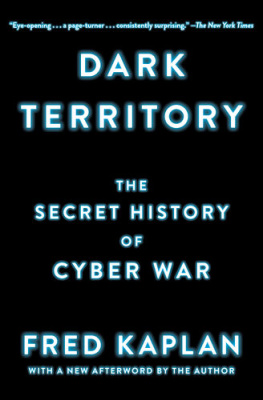
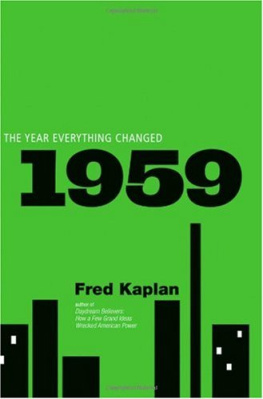
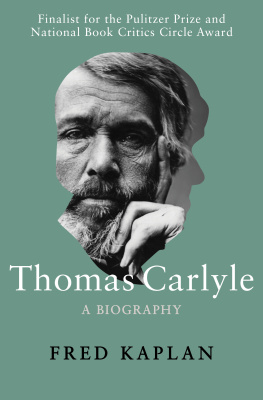

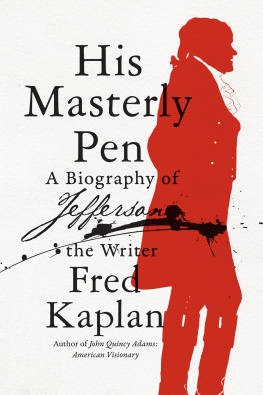
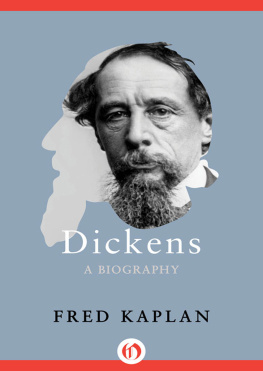
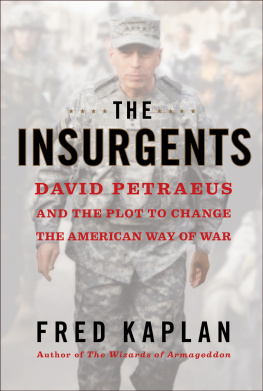

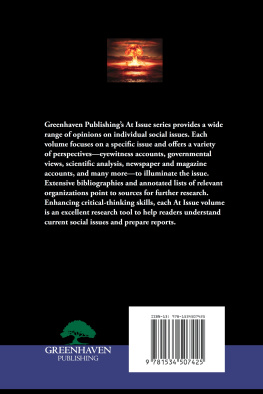
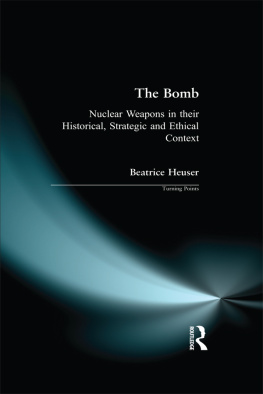
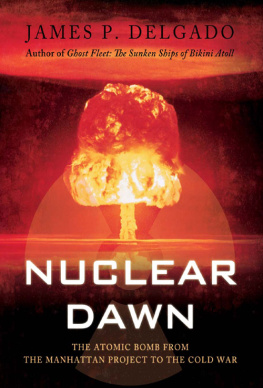
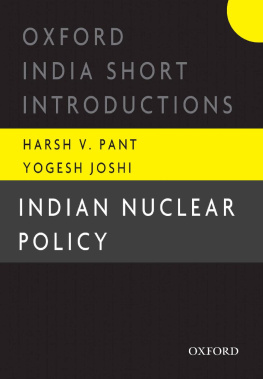
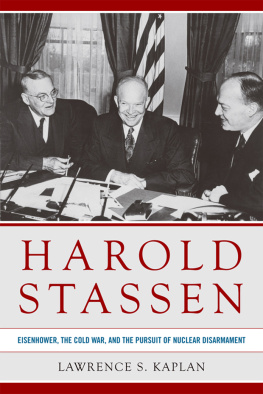
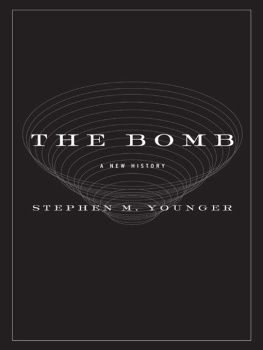
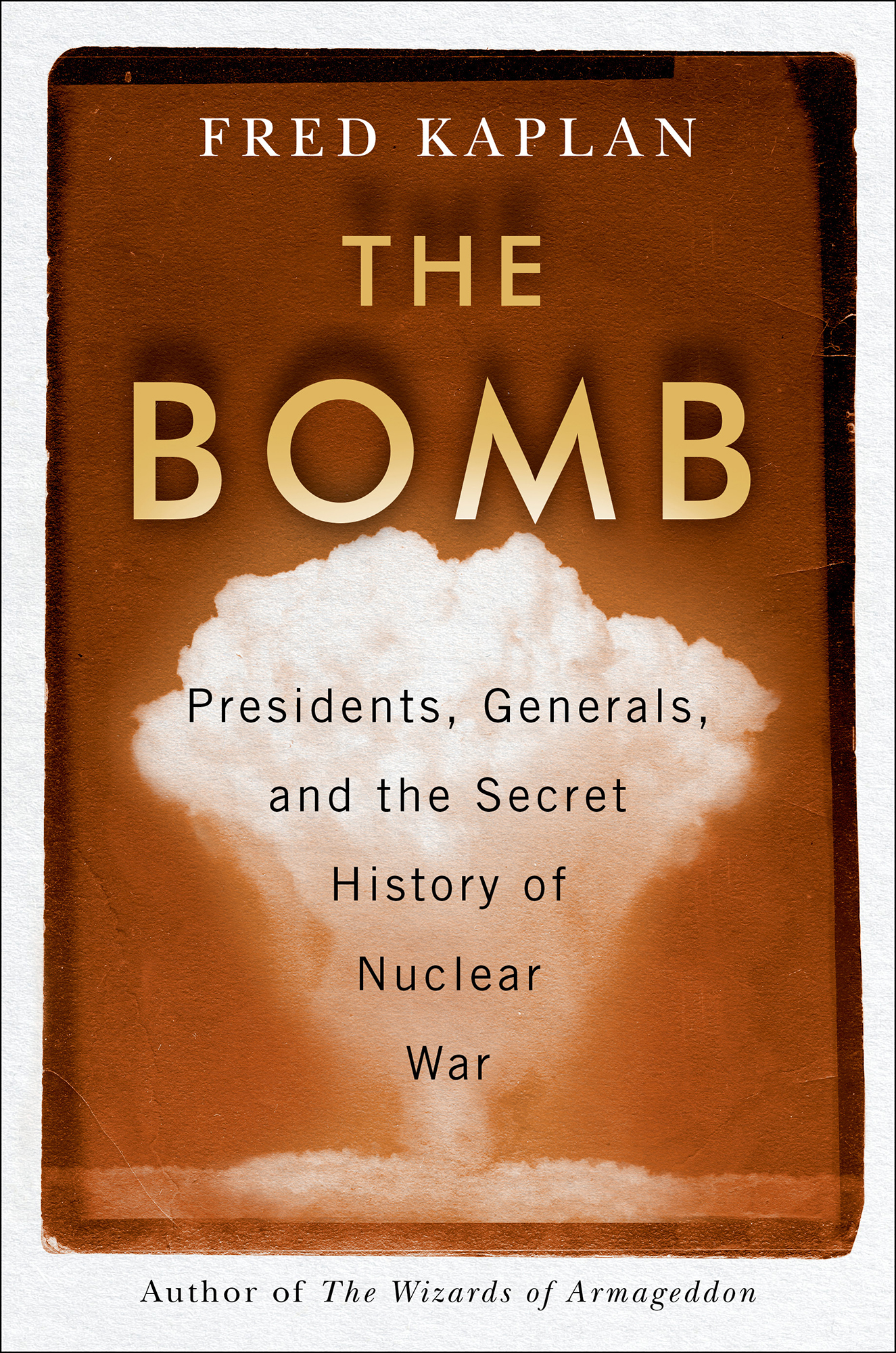


 Killing a Nation
Killing a Nation